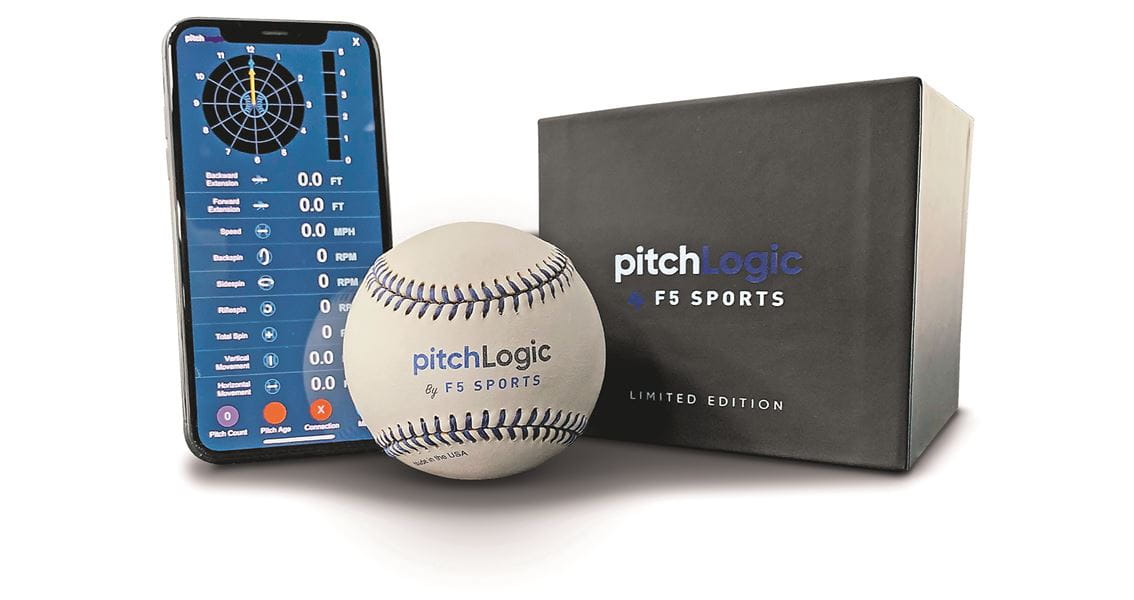The future of sports tracking is in the equipment
By integrating location and movement sensors with wireless tech in sports equipment and wearables, digital coaching solutions can boost athletic performance
By Thomas Søderholm, Director of Business Development, Nordic Semiconductor
The scope of tech-based performance tracking and analytics in sport is constantly evolving. From using radars to record approximate speeds and basic early wearables providing somewhat limited information about an athlete’s health and fitness, we’ve now reached a point where almost any performance metric in sport can be measured and shared in real-time with high accuracy. As a result, the data being tracked is helping improve people's games at every level from elite down to grass roots.
Industry analyst Grand View Research expects the size of the global sports technology market—comprising devices, smart stadiums, analytics and statistics, and e-sports—to register a CAGR of 20.3 percent over a forecast period from 2018 (when it was valued at $9.8 billion) up to 2025. In line with this predicted overall growth, wireless performance tracking solutions—including both advanced wearables and sensors embedded in actual sports equipment—will continue to drive the evolution of analysis and coaching across the full spectrum of competitive sport. This in turn should see the skills, techniques and ultimately the performance levels of millions of athletes around the world improve.
Raw data to real insights
Professional basketball team the Golden State Warriors, NBA champions in 2017 and 2018, already use a metric called Estimated Possession Value (EPV) generated by multiple high-tech cameras tracking every player and every shot across every inch of the court. The statistical model translates the action into formulas for determining strengths and weaknesses, and optimising plays. But imagine the benefits to the Warriors of an ultra-compact advanced tracking solution embedded inside the basketball itself, capable of crunching endless location and movement data to immediately provide tailored insights not only on where to shoot from, but how the individual player can take the shot, or pass and dribble more effectively based on their control of the ball. Now imagine not just the professionals but basketballers at any age or level using the technology. This is the direction sports training is taking.
The small size and long battery life of contemporary wireless sports tracking solutions enables integration into balls, bats, pucks, boots, helmets and other gear without affecting the characteristics or performance of the equipment. These solutions employ built-in sensors or technology to track the precise location and movement of the sports equipment in action. The high volume of raw data is processed and analyzed using algorithms running on the wireless SoC’s embedded processor before the information is forwarded—using low latency wireless connectivity—to an accompanying app on the user’s smartphone or a web-based dashboard on their laptop. The resultant bespoke insights and actionable feedback help users learn from their mistakes, practise different methods, and improve skills and techniques during a session as well as over longer periods.
Meaningful metrics
Being able to monitor how fast an athlete moves or a player throws a ball—for example, an elite downhill skier can hit speeds above 250 km/h and the top speed for a baseball pitch is around 174 km/h—is certainly useful, but numerous other metrics combine to build a profile of an individual’s skills, technique, power, endurance, performance and development. Some important parameters in a given sport might include: The athlete’s body movement during key actions; the position, launch angle, spin rate and acceleration rate of the bat or ball at various game stages; the point of impact between bat and ball; and much more.
For this reason, the latest wireless tech-based sports tracking solutions are specifically designed to gather custom indepth data and provide real-time insights on how to improve. It’s not enough to simply know what happened; athletes and coaches need to know why it happened and how it can be done better.
Last year, sports technology startup, F5 Sports, launched ‘pitchLogic’, a baseball with a ‘brain’ that tracks its own position and movement to provide key data about each pitch. The Bluetooth LE-enabled smart ball uses built-in sensors and complex proprietary algorithms running on Nordic’s nRF52840 SoC to analyze the pitch in mid-air, taking approximately 75,000 measurements as the ball travels. All the information is then sent via low latency Bluetooth LE connectivity to the user’s smartphone or tablet, where meaningful performance insights are presented through an associated app.

F5 Sports’ pitchLogic system employs Nordic’s nRF52840 SoC to run complex algorithms and wirelessly sync pitching data and analysis to smartphone partner app via Bluetooth LE
Already pitchLogic is being used by both amateur and professional baseballers to gauge the mechanics of every throw and enhance pitching consistency through more efficient practice. Clay Holmes, a pitcher for Major League Baseball (MLB) team the Pittsburgh Pirates, has credited the unique data and insights provided by the pitchLogic system with helping him to discover the optimal body and arm slot positions for successful pitches, particularly in relation to his renowned ‘sinker’, a type of fastball characterized by significant downward and horizontal movement. Meanwhile, anecdotal feedback from junior players and coaches suggests that viewing the relevant numbers and graphs while training with pitchLogic helps the pitcher understand the value of pitching smarter, not just harder.
‘Smart’ sports equipment and wearables have the potential to hugely impact the future of sports tracking and performance analytics. And as features and benefits once exclusive to professionals become readily available to all, athlete engagement throughout the lower and intermediate levels of sport will skyrocket. The more widespread the adoption of these products, the more essential it will become for competitors to keep pace by using the same technology. It’s a cycle likely to boost the bottom line of OEMs in this space, as well as raise the bar of athletic achievement. Thanks to wireless tech, perfect practice could soon be standard practice.